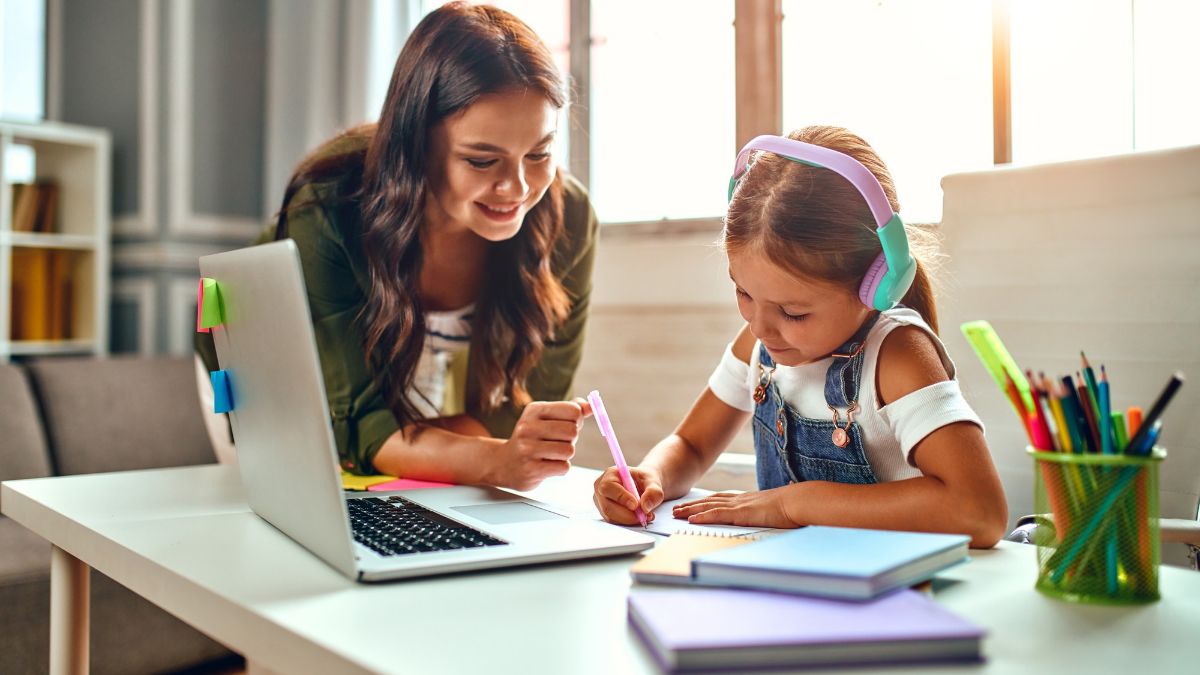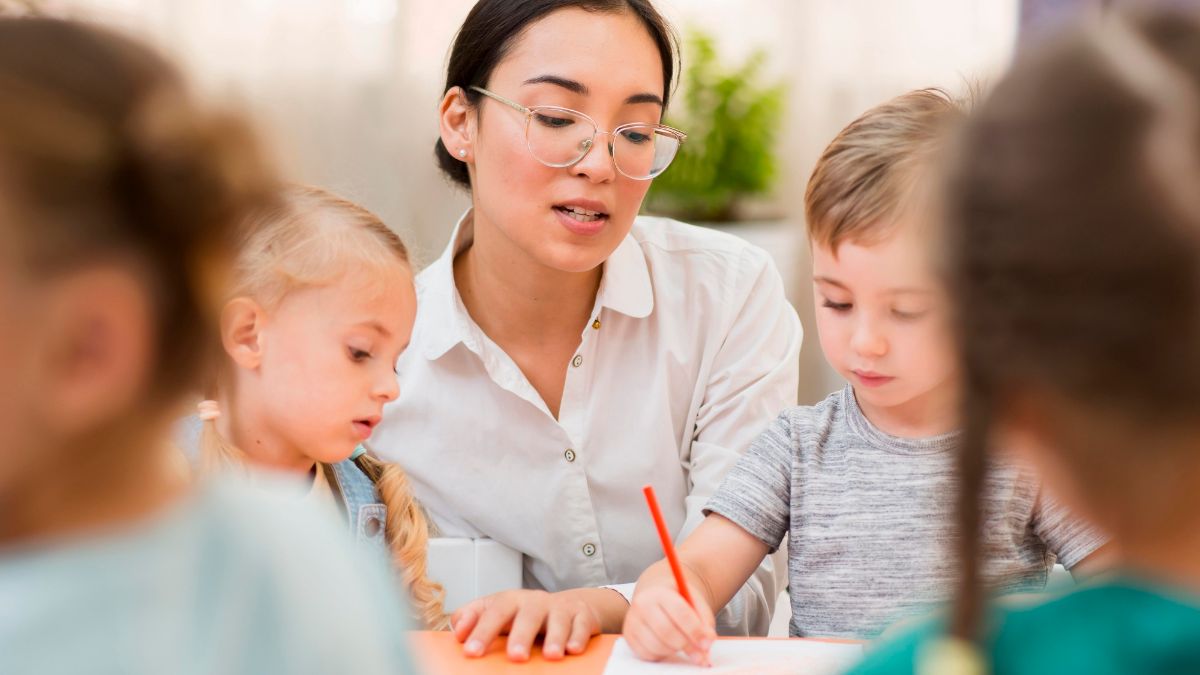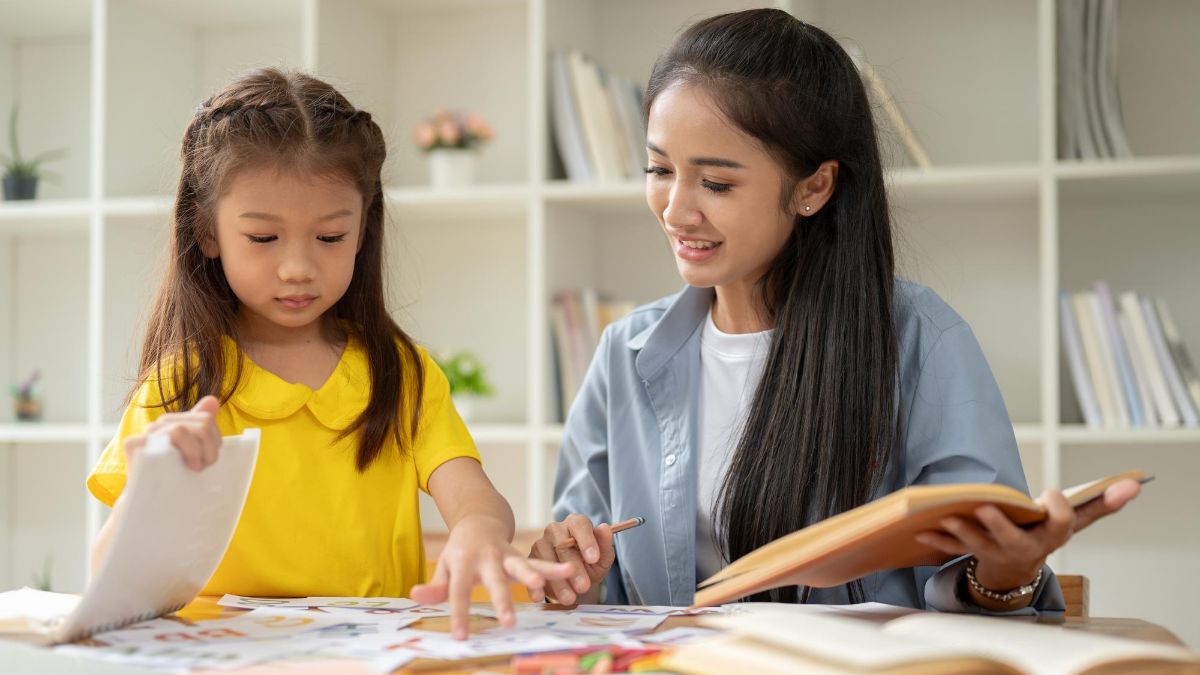
As the name suggests, alternative education is a non-traditional approach to education.
The popularity of these schools has increased ever since the COVID-19 pandemic changed the meaning of ‘normal.’
There are many types of schools offering alternative education; here are some common factors among them all:
1. Teachers Have the Freedom to Curate The Syllabus
In normal schools, the syllabus is mostly pre-decided and controlled by a single body of educators who may be biased, and teachers are required to teach within the limits of those topics.
Whereas, in alternative schools, teachers explore and curate relevant and appropriate curriculum. These courses are designed for students and are updated regularly to maintain the integrity of education.
As teachers create their syllabus, they’re also free to plan educational field trips, activities, and assign any kind of homework.
2. Students Receive Special Attention
Every child cannot keep up with the pace a regular school has.
In alternative schools, the faculty makes sure that every student receives the right amount of help and additional support and assistance.
With smaller classroom sizes, teachers can concentrate on every person in the room. A student’s needs will be catered to and respected.
For example, students with learning disabilities will receive specialized learning material that suits them. Students struggling with behavioral and socialization issues will be counseled and accommodated as per their needs.
No child is ever left behind.
3. Alternative Education Values Individuality
Every child has their strengths and weaknesses. To value someone’s individuality is to accept them as they are.
Understanding and respecting a child’s individuality involves allowing their personality, interests, and abilities to influence how they’re taught.
In regular schools, children are often expected to be all-rounders and perfect with the same kind of educational approach provided to everyone.
In alternative schooling, children are not viewed as a group or statistic. Their progress is judged independently.
Here, teachers recognize and celebrate the uniqueness and creativity of every child.
4. Experiential Learning
While traditional schools rely on the student’s ability to memorize the subject matter, there is no singular approach to learning in alternative education.
An experiential approach enhances the process of learning because students directly and actively engaging with the subject material. This improves comprehension and the retention of knowledge.
Experiential learning allows students to apply their knowledge in real-world situations through hands-on learning. Instead of memorization, this method focuses on learning by example.
This kind of strategy helps students develop decision-making, critical thinking, leadership, and problem-solving skills. It teaches a student to take responsibility.
5. Sense of Community and Inclusivity is Encouraged
Alternative education curriculum incorporates diverse perspectives which makes it more inclusive and relatable, hence easier for kids to understand. By celebrating diversity, a positive environment is created for students to be themselves.
In a classroom where clear boundaries are established, participation and engagement are encouraged and good values are shared, students are bound to feel safe and accepted.
It contributes to the development of their personality and mental health.
This way, a children are able to build their own identity free of judgment.
6. Alternative Schooling Offers Flexibility
The most significant advantage alternative education has over mainstream schooling is flexibility.
Alternative schools are flexible with everything, including the curriculum, school timings, classroom sizes, student intake, and skill testing (examination).
Not only is this good for the students, but it’s also favorable for educators and caregivers.
Teachers also build a rapport with parents and freely communicate with them about matters pertaining to their kids’ progress.
If a child needs a break due to health or other issues, homework essay writers can ease the load by helping with assignments. The alternative education system is designed to help him cope with his studies with home study material and personalized guidance.
Conclusion
Alternative education allows children to reach their maximum potential with the least amount of pressure. This system rejects the methods of traditional, mainstream pedagogy and focuses on creating a personalized, student-centered approach to learning.
We hope these facts about alternative education would encourage teachers and parents to trust new teaching methods and philosophies and apply them to children’s education.




